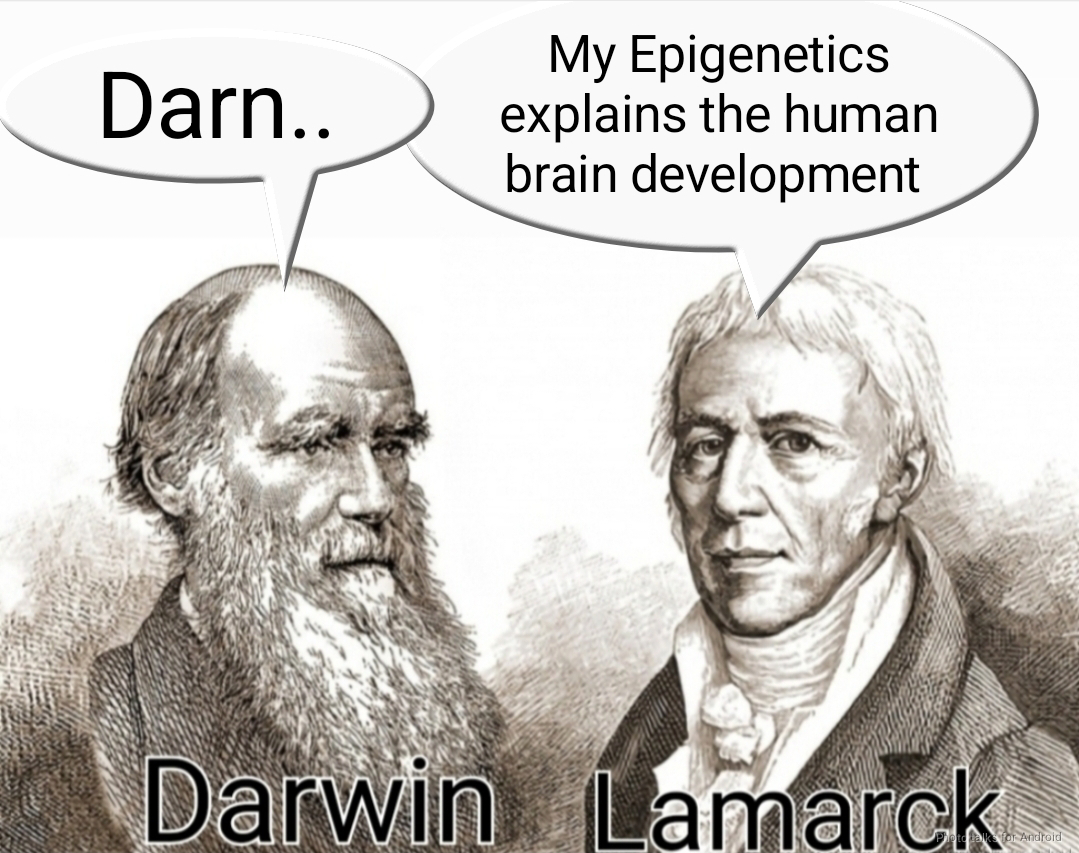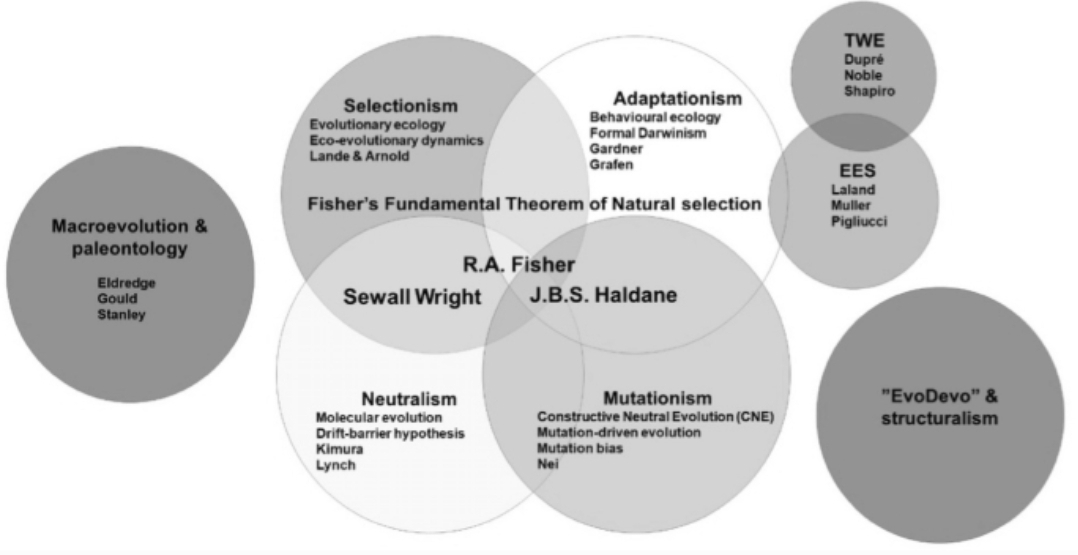Unraveling the Mechanisms of Human Brain Evolution: A Challenge to Neo-Darwinism?
The human brain, an organ of unparalleled complexity, has long been a source of fascination and inquiry. Its evolution, a journey spanning millions of years, has endowed us with unique cognitive abilities, setting us apart from all other species. The journal article "Unraveling mechanisms of human brain evolution" delves into the intricate genetic, epigenetic, and transcriptomic factors that have shaped this remarkable organ. While the article primarily focuses on elucidating the mechanisms driving human brain evolution, it indirectly raises questions about the traditional neo-Darwinian framework, suggesting a need for a more nuanced understanding of evolutionary processes.
Neo-Darwinism: A Brief Overview
Neo-Darwinism, the modern synthesis of Darwinian evolution with Mendelian genetics, posits that evolution proceeds primarily through the gradual accumulation of small, random genetic mutations. These mutations are then subject to natural selection, with beneficial mutations increasing an organism's fitness and thus becoming more prevalent in the population. This framework has been used to explain aspects of biological evolution, but the intricacies of human brain evolution seem to challenge its sufficiency.
Challenges Posed by Human Brain Evolution
Rapid Evolution: The human brain has undergone a dramatic increase in size and complexity over a relatively short evolutionary period. This rapid evolution is difficult to reconcile with the gradual, incremental changes emphasized by neo-Darwinism. It suggests that other mechanisms, such as epigenomics, gene duplication, transposable elements, and changes in gene regulation, might have played a significant role.
Mosaic Evolution: Human brain evolution has not been uniform. Different brain regions have evolved at different rates, with some areas, like the prefrontal cortex, showing particularly rapid expansion. This mosaic pattern of evolution suggests that natural selection can not explain this.
Gene-Environment Interactions: The development and function of the human brain are heavily influenced by environmental factors, including social interactions, learning, and cultural experiences. These gene-environment interactions can lead to epigenetic modifications, which can alter gene expression without changing the underlying DNA sequence. Such modifications can be heritable, suggesting a Lamarckian dimension to human brain evolution, where acquired traits can be passed on to offspring.
The Role of Culture: Culture, a uniquely human phenomenon, has played a crucial role in shaping our brains and behavior. Cultural practices, such as language, tool use, and social cooperation, have created new selection pressures, favoring cognitive abilities that support these activities. This co-evolution of genes and culture suggests that human evolution cannot be fully understood without considering the role of cultural inheritance.
Beyond Neo-Darwinism: Towards an Extended Evolutionary Synthesis
The challenges posed by human brain evolution highlight the limitations of a strictly neo-Darwinian framework. An extended evolutionary synthesis (EES), incorporating additional mechanisms and concepts, is needed to fully capture the complexity of human evolution. The EES recognizes the importance of developmental processes, phenotypic plasticity, niche construction, and cultural inheritance in shaping evolutionary trajectories.
Conclusion
The journal article "Unraveling mechanisms of human brain evolution" sheds light on the intricate molecular and cellular processes that have shaped our extraordinary brains. By challenging neo-Darwinism, the findings presented in the article implicitly suggest that a more inclusive evolutionary framework is needed. The rapid evolution, mosaic pattern, gene-environment interactions, and cultural influence characteristic of human brain evolution point towards a dynamic interplay of genetic, epigenetic, and cultural factors. The EES, with its emphasis on developmental plasticity, niche construction, and cultural inheritance, offers a more comprehensive understanding of human evolution, one that recognizes the unique role of the human brain in shaping our evolutionary journey.
Additional Considerations:
The article highlights the importance of new research methods, such as brain organoids and single-cell genomics, in unraveling the mysteries of human brain evolution. These methods allow researchers to study human brain development and function in unprecedented detail, providing valuable insights into the molecular and cellular mechanisms underlying our cognitive abilities.
The article also emphasizes the importance of comparative studies with non-human primates. By comparing the genomes and brains of humans and other primates, researchers can identify the genetic and developmental changes that have led to our unique cognitive abilities.
The study of human brain evolution has profound implications for understanding not only our past but also our future. By unraveling the mechanisms that have shaped our brains, we can gain a deeper understanding of human cognition, behavior, and disease. This knowledge can help us develop new treatments for neurological disorders and enhance our cognitive capabilities.
The journey to unraveling the mechanisms of human brain evolution is ongoing. As new research methods and data emerge, we can expect to gain an even more nuanced understanding of this complex and fascinating process. The challenges posed by human brain evolution to traditional neo-Darwinism serve as a reminder that evolutionary biology is incomplete.




Comments
Post a Comment